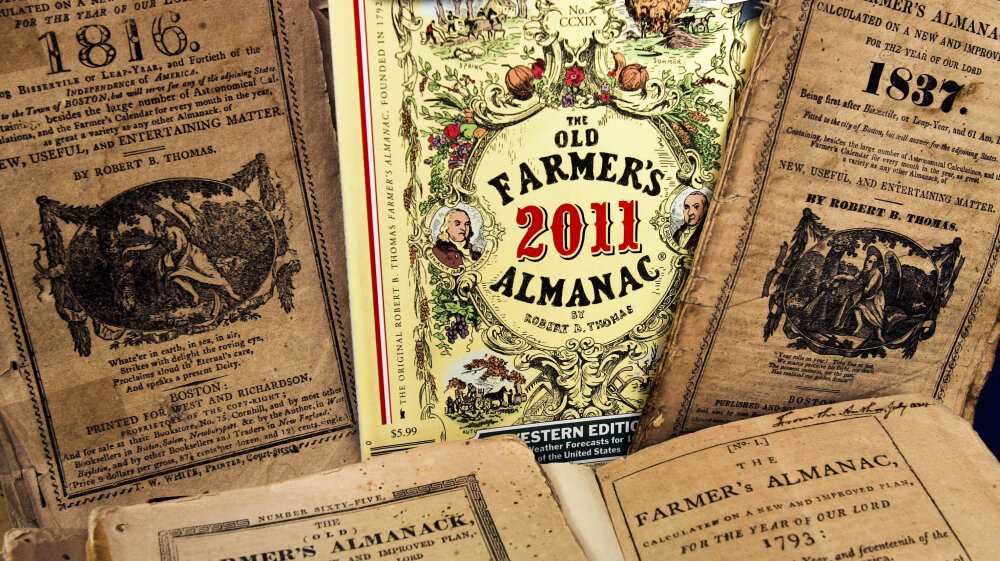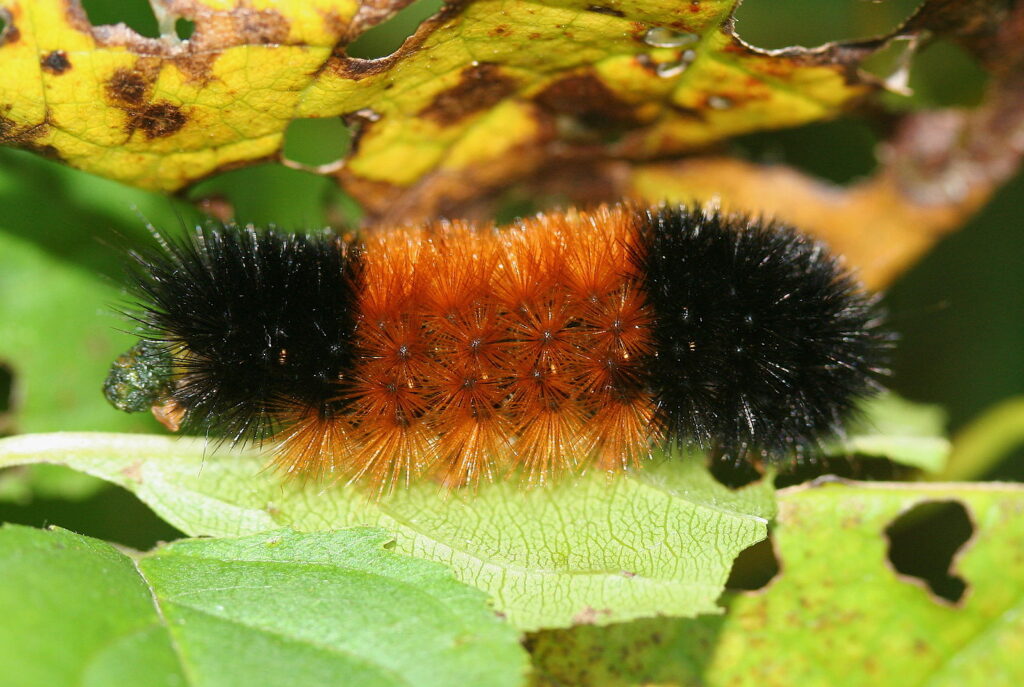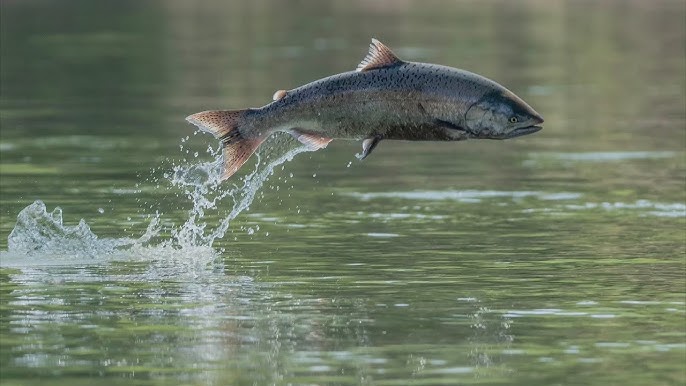The Farmers’ Almanac has long been a trusted resource for forecasting weather, and its reliance on animal behavior has been key to its predictions. Animals are sensitive to changes in the environment, making them excellent indicators of upcoming weather patterns. Here are 15 of the most fascinating ways the Almanac uses animals to predict the future.

Wikimedia Commons
1. Bird Migration Patterns

Center for Large Landscape Conservation
Birds migrating earlier than usual often signal a harsh winter ahead, as they leave before the cold fully sets in. Late migrations, on the other hand, suggest milder weather. By studying these patterns, the Almanac has been able to predict shifts in temperature and the timing of seasonal changes.
2. Squirrel Food Gathering

Woodland Trust
Squirrels collecting unusually large stores of nuts or displaying more frantic behavior in autumn can indicate a severe winter. Thicker squirrel fur is also seen as a sign of extreme cold. This behavior is linked to the animals’ instincts to prepare for harsh weather conditions.
3. Cows Lying Down

Flickr:
Cows often lie down before rain or storms. This behavior has long been observed by farmers and is linked to atmospheric pressure changes that animals can detect more acutely than humans. The Almanac uses this cue as a predictor of upcoming rain or stormy weather.
4. Frogs Croaking Louder

Pexels: Denitsa Kireva
Frogs croak more loudly and frequently before rain. Their behavior is influenced by humidity levels, which increase as storms approach. The louder the croaking, the more likely it is that a storm is on the way, making it a reliable sign of wet weather.
5. Ant Mound Height

Trailkeepers of Oregon
Ants building taller or more intricate mounds can signal heavy rainfall or flooding. Ants instinctively adjust their mound-building efforts to protect their colonies from anticipated water. This behavior has been used by the Farmers’ Almanac to predict extreme weather events like floods or heavy rains.
6. Woolly Bear Caterpillar Stripes

Wikimedia Commons
The Woolly Bear Caterpillar’s orange stripe width is often used to predict winter severity. Narrow stripes suggest a colder, harsher winter, while wider stripes hint at milder conditions. This simple yet effective method is rooted in folklore but has been remarkably accurate over the years.
7. Bees Staying Close to Their Hives

Pexels: 현덕 김
When bees remain near their hives or appear less active, it’s often a sign of approaching rain or storms. They tend to avoid venturing far during unstable weather. This behavior has been an important cue for weather prediction, particularly for farmers relying on accurate forecasts.
8. Crickets Chirping Patterns

Wikidate
Crickets chirp more slowly as temperatures drop. By counting their chirps in a set time frame, you can estimate the current temperature—a method tied to predicting cooling trends. The Farmers’ Almanac has used cricket chirps to forecast temperature changes, as these creatures are sensitive to subtle shifts in weather.
9. Dogs Eating Grass

Homes Alive Pet Blog
Dogs eating grass in larger quantities may signal rain or storms. Some believe this behavior is tied to changes in barometric pressure that animals instinctively react to. It’s one of the more curious signs, but it has been observed with consistency, leading to its inclusion in weather predictions.
10. Fish Jumping Out of Water

Increased fish activity, like jumping out of water, is often observed before rain. Fish react to falling barometric pressure, which can disrupt their equilibrium. This unusual behavior serves as an early warning system for rain or storms, helping the Almanac anticipate upcoming weather changes.
11. Groundhog Behavior

YouTube
The timing of groundhog emergence from hibernation is famously tied to seasonal predictions. Late emergence suggests prolonged winter weather, while early appearances may indicate an early spring. Groundhogs have become an iconic symbol of seasonal weather forecasting, especially with their connection to Groundhog Day predictions.
12. Cats Cleaning Behind Their Ears

The Spruce Pet
Cats are thought to clean behind their ears more frequently when rain is on the way. This behavior may be influenced by rising humidity levels or static in the air. Cats’ heightened sensitivity to changes in the environment makes this a valuable cue for foretelling rain.
13. Spiders Spinning Webs

Pexels: Pixabay
Spiders creating larger, more elaborate webs indicate clear, stable weather. Conversely, smaller or fewer webs suggest rain or storms are imminent. Spiders are highly attuned to barometric pressure and humidity changes, making their web-building behavior a reliable weather predictor.
14. Roosters Crowing at Odd Hours

Science
Roosters crowing at unexpected times, especially in the evening, can signal changes in weather patterns, such as rain or a storm. This behavior is thought to be influenced by atmospheric pressure shifts that roosters can sense, alerting them to imminent weather changes.
15. Livestock Seeking Shelter Early

Cattle, sheep, and other livestock often seek shelter or gather in protected areas before storms. This behavior is linked to their ability to sense falling atmospheric pressure. Their instincts to take shelter serve as an early warning sign for approaching bad weather, giving farmers time to prepare.
Why It Works
Animals are highly sensitive to changes in barometric pressure, humidity, temperature, and other environmental factors. By observing these subtle behaviors, the Farmers’ Almanac has been able to integrate animal cues into its long-range weather predictions. Combining folklore with natural science, the Almanac’s forecasts have remained relevant and trusted over time.


